Salmon is moist and tender; cooking salmon is an art you need to learn. You can easily overcook your fish if you don’t get the accurate internal temperature, cooking time, or both. The time and temperature for cooking a whole salmon and salmon steak differs with respect to the type of oven and temperature. What is the appropriate time to achieve a perfect salmon that melts right in your mouth?
The right time and temperature when your salmon is done depend on your personal preference. After a lot of trial and error, I’ve found the best temperature for salmon to be 135°F. For the times, I can not say; it depends on how you want your salmon to turn out. Between 15-18 minutes for each side of the steak.
After checking to see if your steaks have got that firm and silky look, then you check the thickest part to ensure the temperature is 135°F. Bring it out and allow it to rest for a few minutes. During the resting period, the temperature will continue to rise and allow the juice to incorporate back into the fish, waiting for you to come and enjoy.
Tips To Avoid Over-Cooking Salmon
The best way to avoid overcooking your salmon is to remove it when it gets to 135°F after 15-18 minutes. However, there are some tips that will ensure you don’t overcook and end up with a dry fish. Some of these tips are;
- Use parchment paper or foil paper and cook the fish in it. It will help insulate the fish as it cooks for a moist result.
- Cook in steak or thick fillets rather than thin fillets. Thin fillets quickly get overcooked, and you will have to keep a close eye on them.
- Use farmed salmon for extra fats. However, wild-caught salmon has fewer calories and more vitamins. But there’s nothing to worry about the fat in salmon because it is healthy.
- Stuff your salmon to help insulate it and cover it up for any dryness should in case you overcook it. You can also wrap it with puff pastry when making thin fillets to make it irresistibly moist.
- To rescue an overcooked salmon that is dry and flaky, try adding some sauce to it. There are different sauce options you can add depending on your preference. My best so far has been Brown butter with a drop of lemon juice and some herbs.
No one wants to end up with dry, flaky salmon. You won’t have time to enjoy the rich flavors of the delicious and nutritious fish.
How To Debone Salmon Steak
A fish steak is a cut perpendicular to the fish’s spine that includes the fish’s bone. Salmon steaks are hard to find, so when you do, it is a threat. You do not need a special knife to Debone a salmon steak. You may use either a boning knife or a fillet knife. If you can get any of these knives, use any available knife but ensure it is sharp and has a cutting board.
To remove the bone and membrane, cut the salmon along the inner belly flap. To Debone the steak, cut from one side along the inside edge. Cut along the center of the membrane to the skin. After getting to the skin, cut down toward the other belly flap to remove the bones. Repeat the same process on the other side and remove the bone from the center. You may decide to cut through the skin when deboning to turn the steak into fillets.
Common Mistakes to Avoid When Cooking Salmon
While trying to perfect the art of cooking this unique pink fish, you must understand the ins and outs of preparing flavored and delicate fish. A lot of people eat salmon because of its delicious taste and flavor, as well as the health benefits that come along with it. To enjoy salmon, you have to understand how to cook and avoid the common pitfalls of having underdone, poorly done, or overcooked fish that will hinder you from enjoying a spectacular salmon dish.
Regardless of whether you are grilling, pan-frying, or poaching your fish, there are some mistakes to avoid and how to fix them for a perfectly cooked salmon dish.
1. Using Poor Quality Fish
Cooking a bad salmon would not make it get better after cooking, no matter how good your recipe may be. Quality salmon is ideally locally and newly caught. If you stay miles away from the sea, ensure you are buying from a reputable fish or seafood vendor that receives fresh shipments on a regular basis.
Fresh salmon has a mild fishy aroma. Any overtly fishy smell or a smell that gives a whiff of ammonia is a clear sign of a rotten fish, and you need to dispose of it immediately.
2. When you Rinse the Salmon
You may decide to rinse or wash your salmon to keep them clean and free from bacteria. On the contrary, rinsing/washing your salmon will spread bacteria all over the surface of your fish and sink rather than killing it.
Washing seafood, fish, meat, and poultry spread bacteria to other food and surfaces from the raw juice they produce. Instead, cook them through to kill all harmful bacteria.
3. When Removing the Skin
The skin serves as a protective layer for your salmon. It’s okay if you don’t want to eat the skin, but it’s best to leave it while cooking and remove it after you are done. The skin helps to lock in moisture.
4. Not Being Delicate When Deboning
When eating your salmon fish, those tiny pin bones can be annoying. It is best if you remove them before cooking. However, you must remove them delicately and not just hack them out with your knife or fingers.
Doing so will leave you with a mess rather than a filet. The best salmon bone removers are tweezers or needle-nosed pliers. Using your finger, run it through the surface of the fish downward to feel any bone and remove it because some of these bones are not really visible.
5. Overcooking The Salmon
Some chefs say the best way to cook salmon is until it flakes. In the bid to allow your salmon to cook correctly, you may end up overcooking it and making it dry and flaky.
Instead, cook each side of the salmon until it attains a matte finish. This way, it will quickly come out in an accessible proportion when you cut it with a fork.
6. Using the same Pan You Cooked The Side Dish
When thinking of saving another pan for washing, you may use the same pot for a side dish to make your fish. It can be tempting, but I’d advise you to avoid it. It’ll make your salmon stick to the pan, or your vegetables smell and taste like salmon.
Cook separately, then combine afterward. Using a new pan wouldn’t hurt because washing a pan after cooking salmon isn’t hard.
7. Not Adding Enough Seasoning
Even though salmon has an assertive flavor, that is not a reason to skip or avoid other seasonings. The difference between a bland and memorable fish could simply be the seasoning. Adding salt will help seal in moisture and infuse more flavor.
Other seasonings that work well with salmon are chives, dill, and mints. Always apply herbs and spices after brushing the fish with olive oil to adhere the flavors to the fish and prevent it from sticking to the pan.
Salmon is not the most leisurely meal to cook, but the art of making a perfect salmon dish is worth learning. It is a good source of protein, essential vitamins, minerals, and Omega-3 fatty acids, not to forget the delicious flavor and taste.
What Impressive Side Dishes To Go With Salmon?

My rule for a salmon side dish is to keep it simple, bright, and colorful. There is an endless list to the number of side dishes you can cook to pair with your salmon that will not overpower the taste of your fish.
Here are some of my favorite side dishes to make that never go wrong with salmon.
1. Rice
Rice is an excellent pair with salmon. Use wild rice and some spinach to add vibrant colors to it. You may also cook the regular generic white rice and some salt to pair with your fish.
Either way, you can never go wrong with rice. It is filling and will complement the taste of the salmon without overpowering it.
2. Rainbow Fruit and Vegetable Salad
To make your plate look colorful and exciting, make a salad bowl with vegetables and fruits like carrot, cabbage, sweet corn, baked beans, kale, eggplant, radish, pineapple chunks, and other fruits and vegetables of choice.
You can use your favorite salad dressing or serve without any dressing. It will give your plate color, flavor, and nutrients.
3. Boiled Potatoes
Wash and Cut two or three large potatoes into moderate chunks. Boil in hot water and sprinkle some salt. Sieve and rinse with cold water after it is tender enough.
Sprinkle some red pepper flakes and olive oil and mix it well. Serve and enjoy delicious salmon with your family.
4. Mashed Green Peas and Potato
Wash and boil some potato and green peas. Add 1 tsp of salt to the boiling water. Bring down and peel the back after it has cooked soft enough. Mash the potato and peas together with a good masher or a blender. Add a few drops of vegetable oil, garlic powder, and black pepper.
Blend/mash till it is soft and smooth. Pour the potato and peas mixture into a piping bag and make creative shapes on your plate. Pair with your bakes or grilled salmon and enjoy.
5. Air-fried French Fries
Peel, and wash two or three medium-sized potatoes. Cut into perfect french fries shape and dry with a paper towel. Sprinkle some salt, pepper, and oil and give it a good mix.
Air fry for 20-30 minutes until it is cooked and crispy. Serve as a side dish with your grilled salmon.
6. Carrot Sugar Quinoa Salad
A bowl of quinoa with mustard dressing is the perfect dish to accompany your salmon. Make a simple quinoa salad with some carrots to add color and sugar to give it a sweet taste, and have a great meal.
7. Grilled Asparagus
Adding some vegetables is an excellent way to complement your salmon with more vitamins, color, and nutrients. While grilling your salmon, throw in a few medium-sized asparagus five -10 minutes before bringing out your fish. Serve and enjoy together.
All the above dishes will uplift the presentation of your meal and add more nutrients and color to your food while filling you up quickly.
Conclusion
Salmon is an excellent addition to a balanced meal. It contains essential vitamins, minerals, and omega-3 fatty acids (beneficial for the heart and brain). It also has high protein. The pink fish is delicate and needs the right time and temperature to avoid overcooking it.
The right time to cook a salmon steak is 15-18 minutes at 135°F. After that, let it sit for a few minutes, then serve with a side dish from the list of side dishes listed above and enjoy a healthy, nutritious, and sumptuous salmon dish.

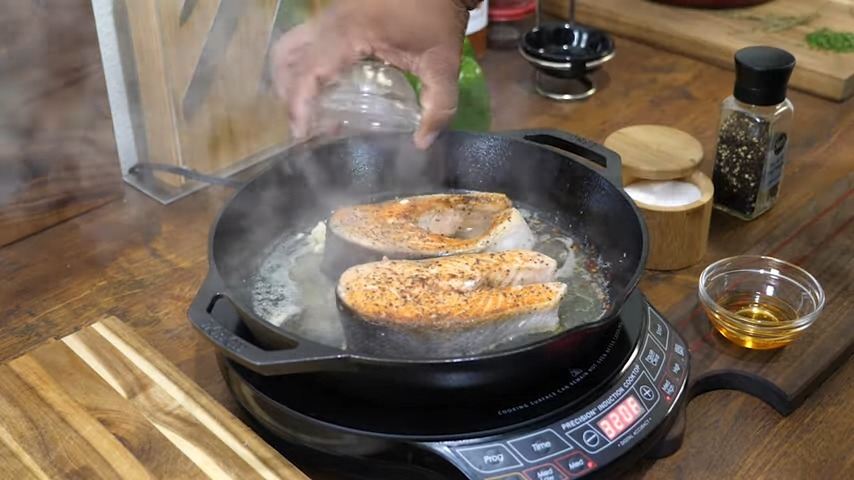
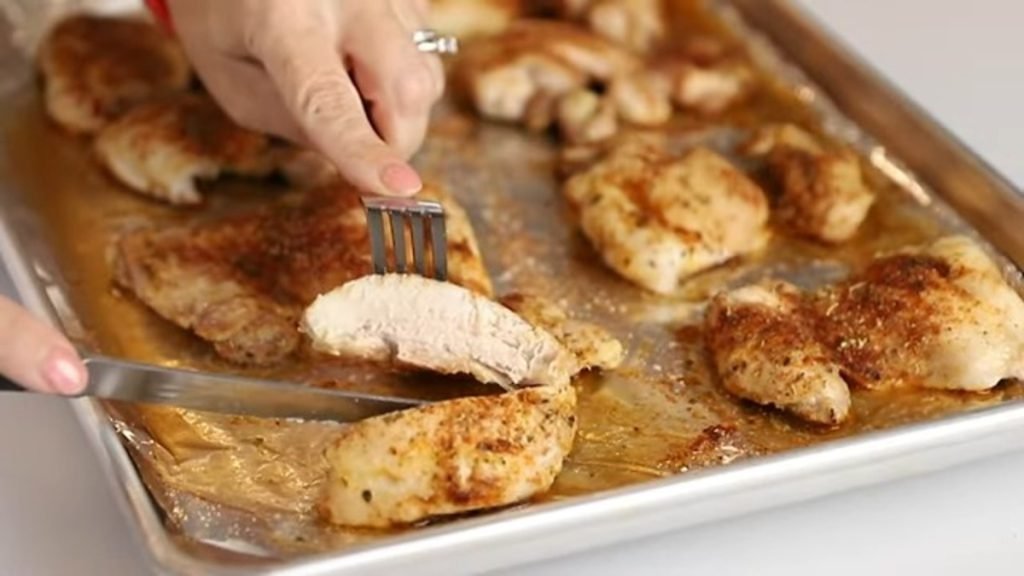


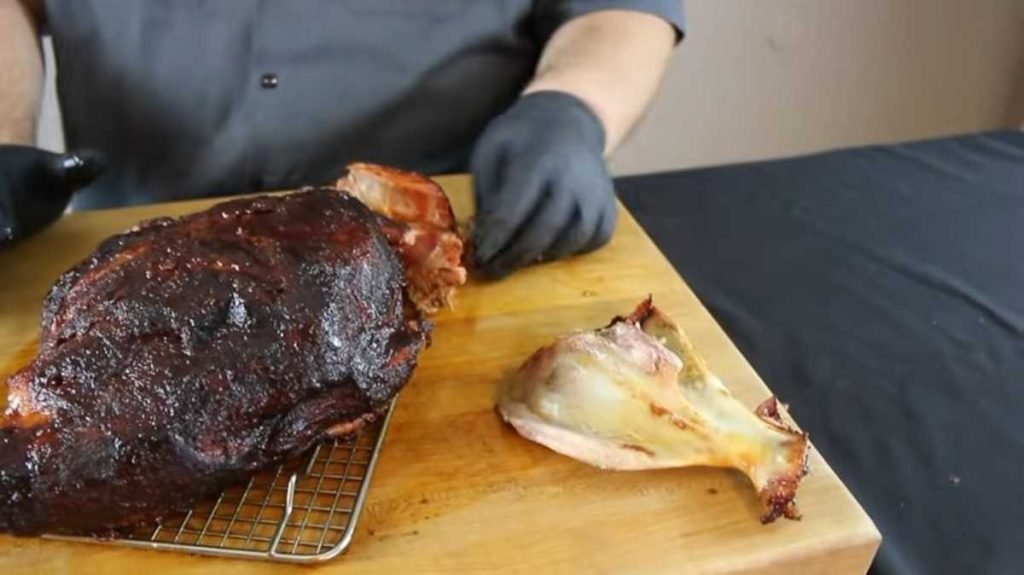
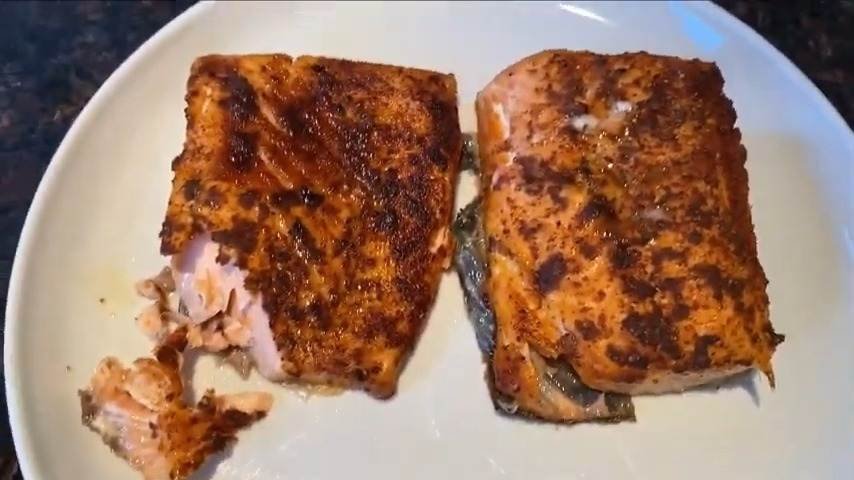


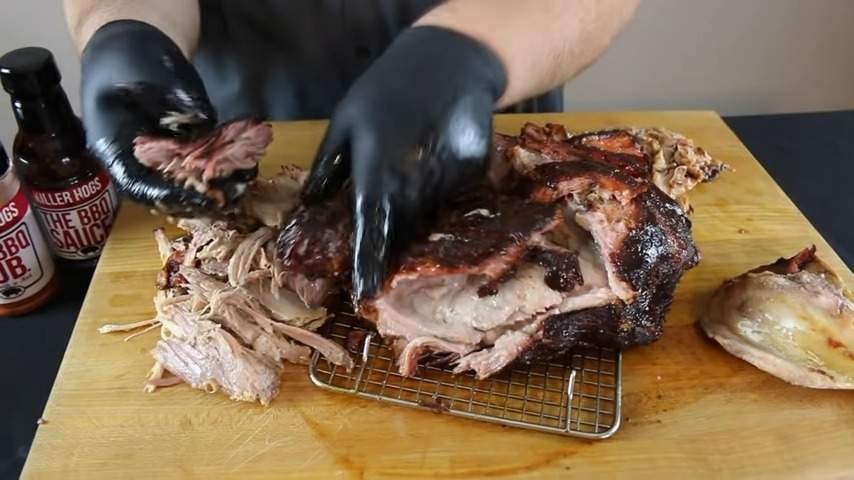
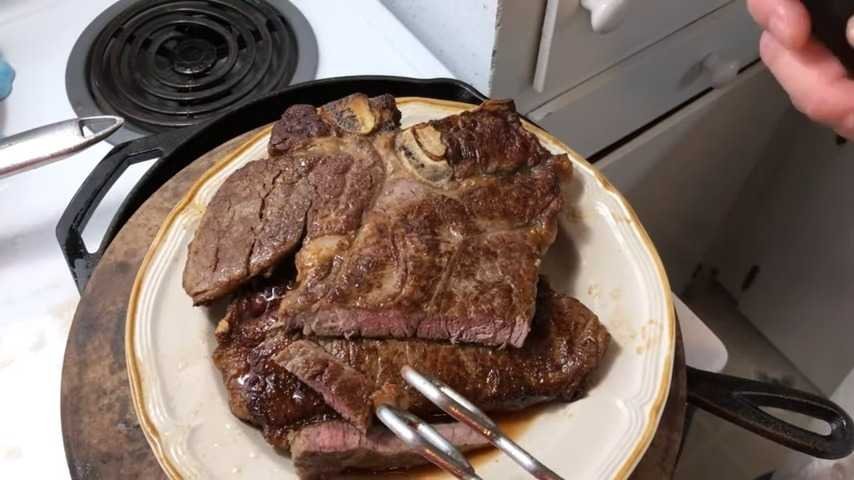
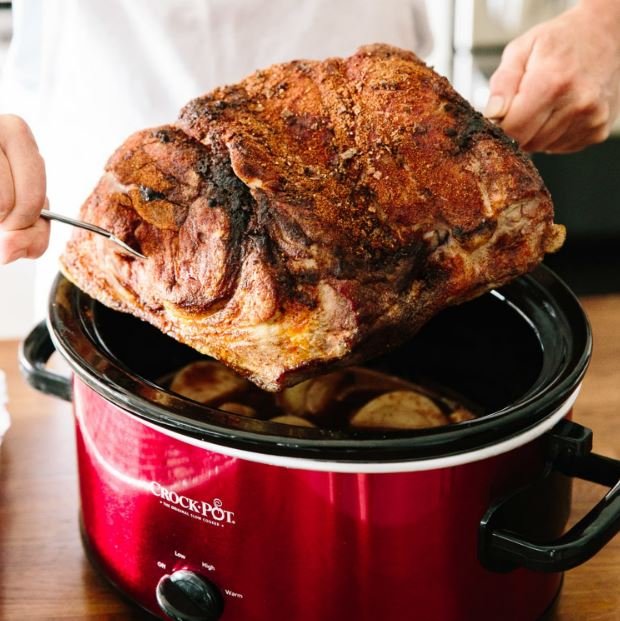
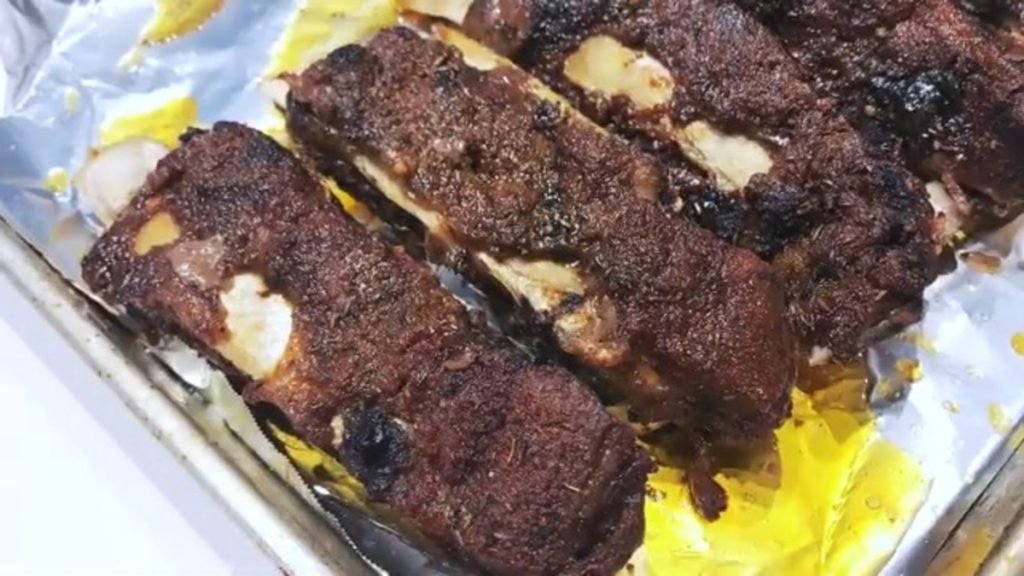
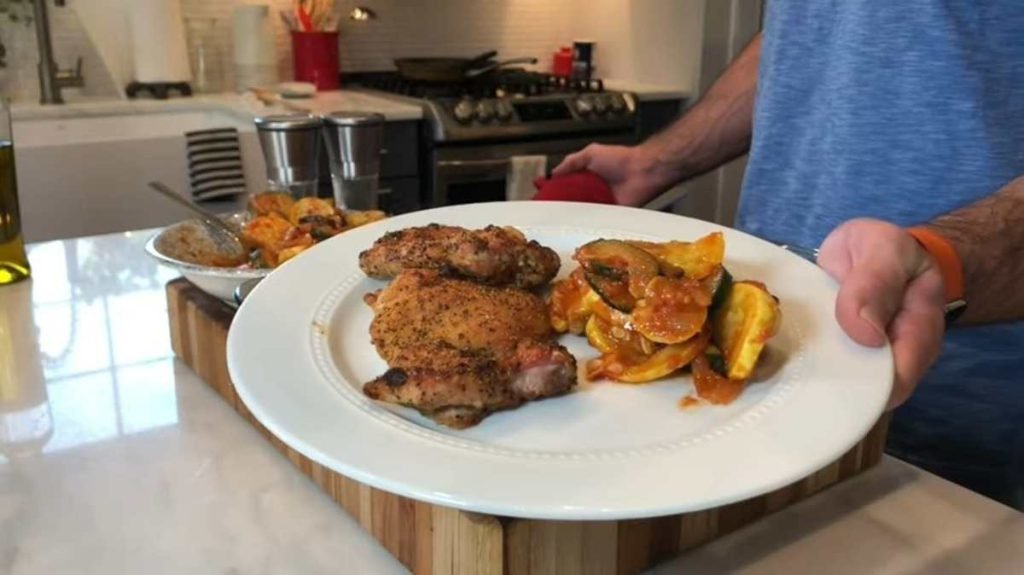
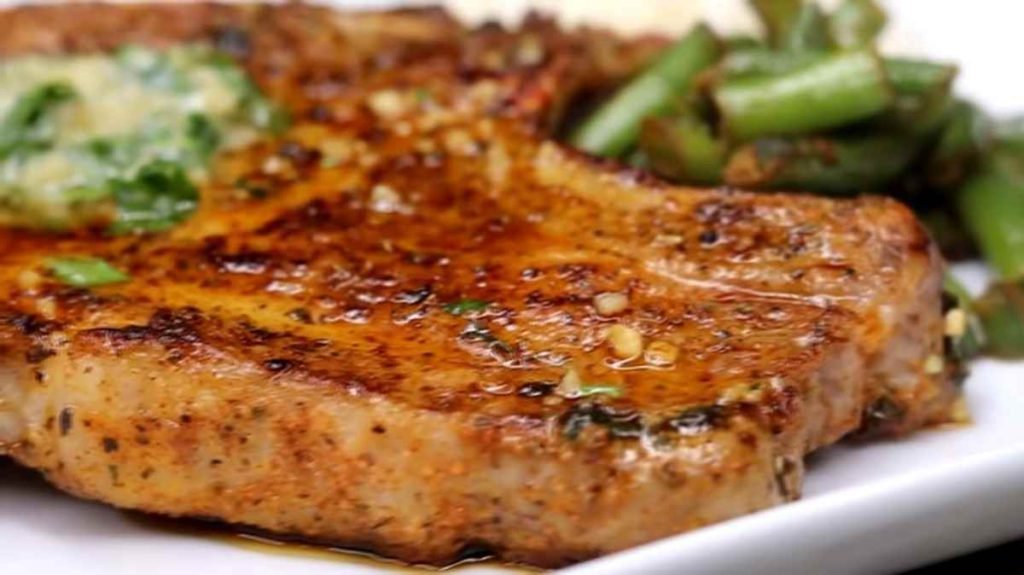
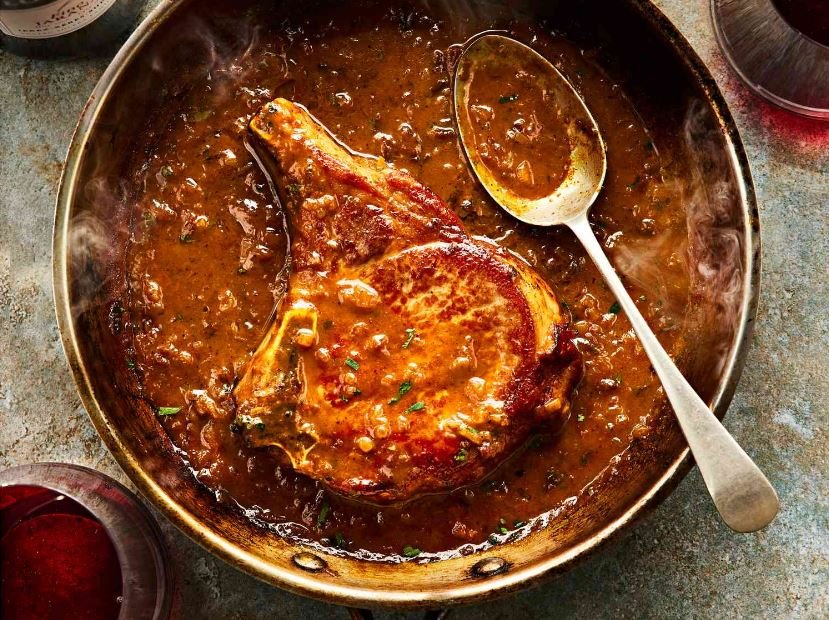
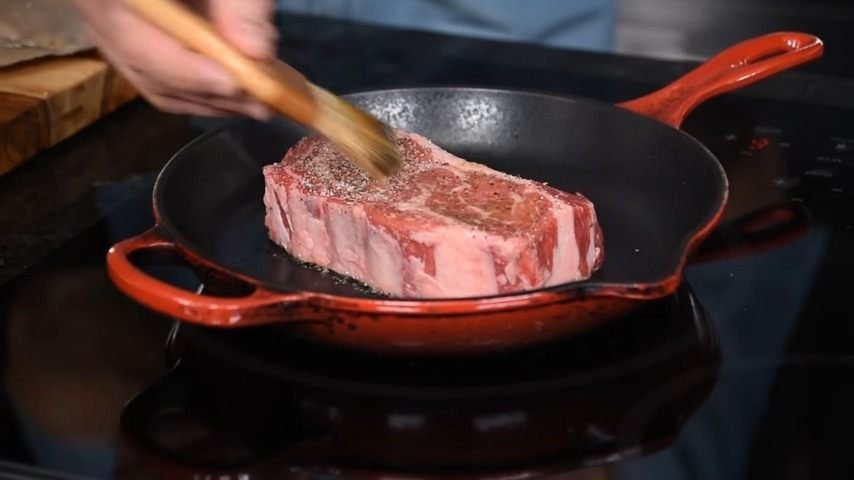


![How Long To Cook Short Ribs In Oven [FAQs and Tips]](https://shiftychevre.com/wp-content/uploads/2023/02/Oven-baked-beef-short-ribs-_-recipe-1024x575.jpg)